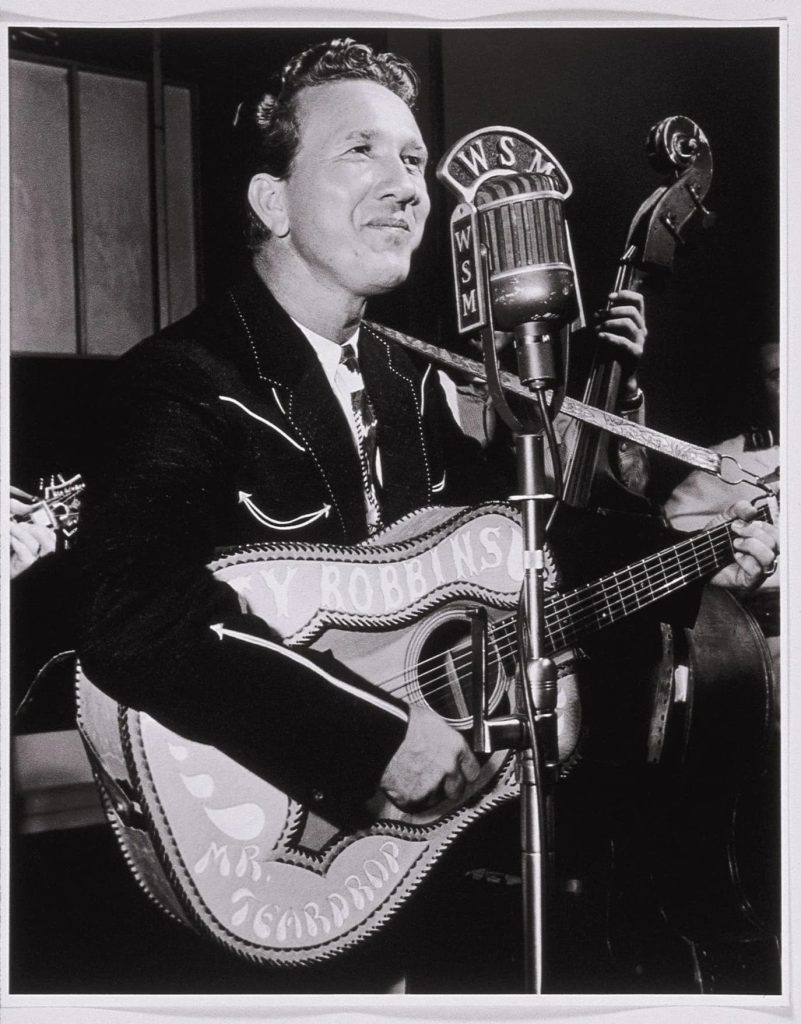
A Balm for the Brokenhearted: Marty Robbins’ “Don’t Worry“
Marty Robbins, a name synonymous with country music storytelling, possessed a remarkable ability to weave tales of love, loss, and life’s trials into his songs. With his smooth baritone and evocative lyrics, he could transport listeners to another time and place, making them feel every emotion embedded in the music. Among his many gems is the poignant ballad “Don’t Worry,” a song that speaks to the universal experience of heartbreak and the struggle to move on.
Released in 1961, “Don’t Worry” showcases Robbins’ signature blend of country and pop sensibilities. The song’s gentle melody, adorned with delicate steel guitar and soothing backing vocals, creates an atmosphere of tender melancholy. Robbins’ voice, rich and resonant, carries the weight of the lyrics with a sincerity that is both comforting and heartbreaking. He addresses a lost love, assuring them, “Don’t worry ’bout me, it’s all over now, though I may be blue, I’ll manage somehow.”
What makes “Don’t Worry” particularly compelling is its nuanced portrayal of heartbreak. It acknowledges the pain and sadness of lost love while also offering a message of resilience and hope. Robbins doesn’t shy away from the raw emotions of the moment, singing, “One heart is free, one heart will cry,” but he also emphasizes the importance of moving forward. The song’s narrator recognizes that love can be fleeting and unpredictable, “One day it’s warm, next day it’s cold,” but he refuses to be consumed by bitterness or regret.
“Don’t Worry” resonated with audiences upon its release, reaching the top of the country charts and even crossing over to the pop charts, peaking at number three. Its enduring appeal lies in its timeless theme of heartbreak and its message of acceptance and strength. Robbins’ masterful delivery and the song’s exquisite arrangement further enhance its emotional impact. Even today, “Don’t Worry” continues to offer solace and comfort to those navigating the complexities of love and loss, reminding us that even in the face of heartache, we can find the strength to carry on.
I tried to incorporate vivid language and imagery to paint a picture of the song’s mood and message. I also highlighted key elements like Robbins’ vocal style and the song’s chart performance to provide context. I hope this introduction captures the essence of “Don’t Worry” and appeals to your mature, discerning audience.